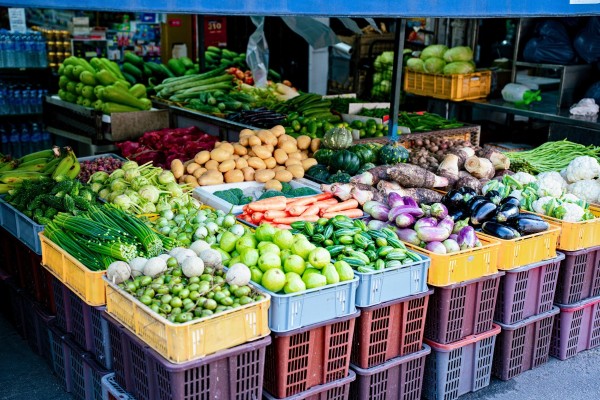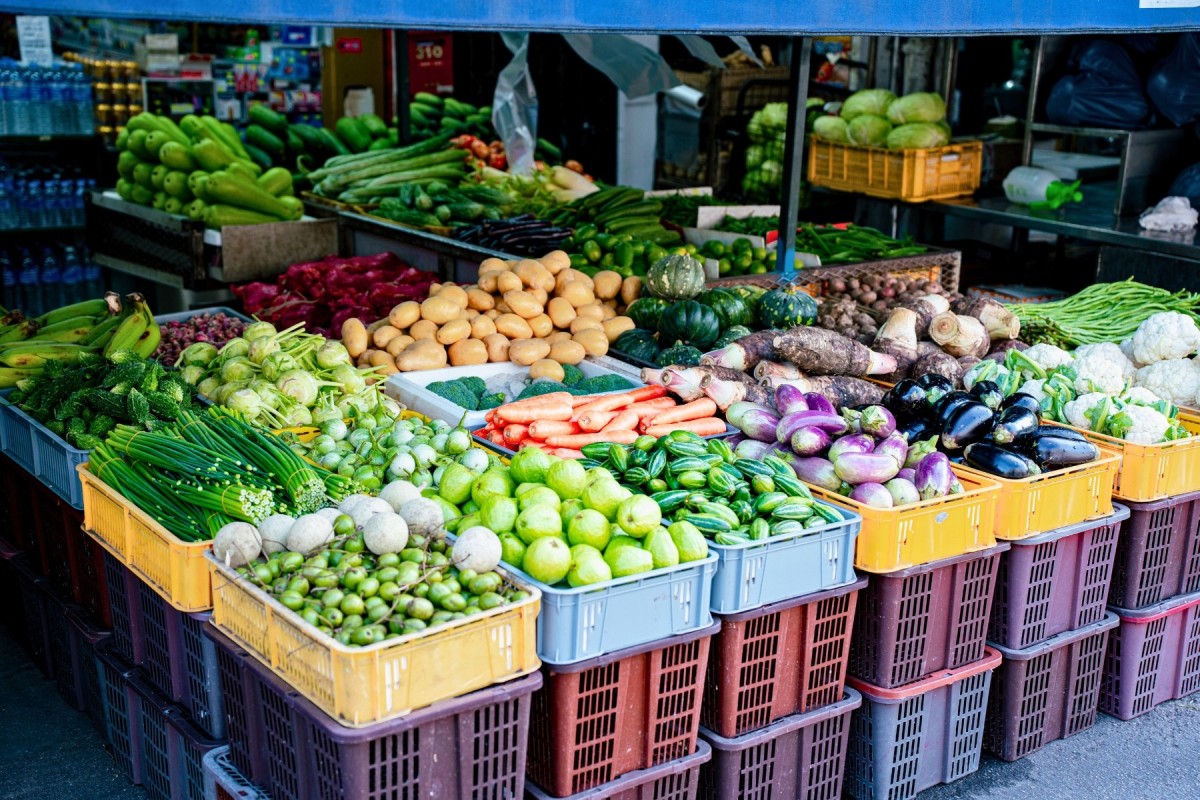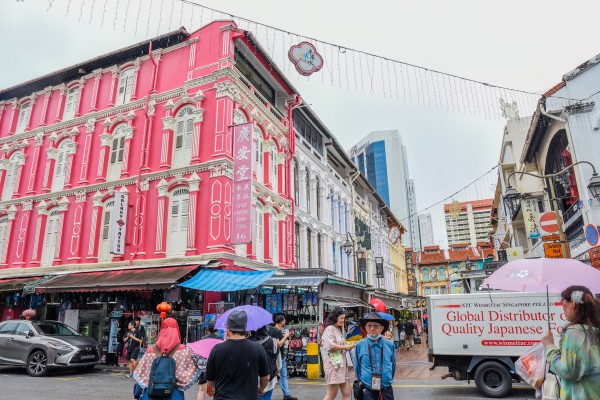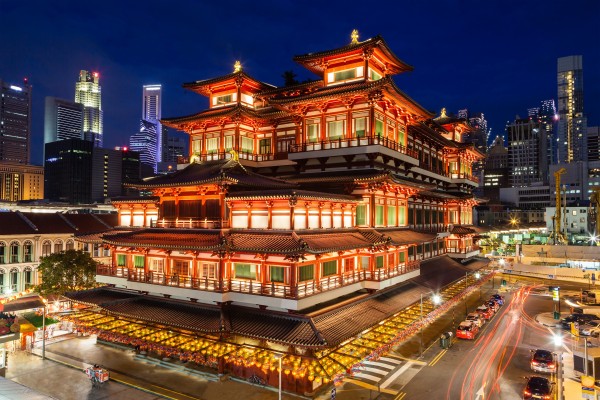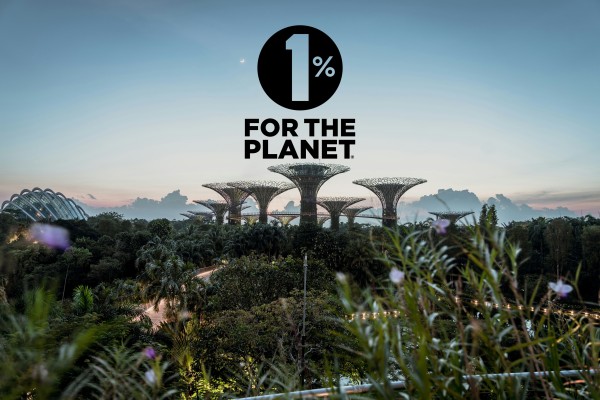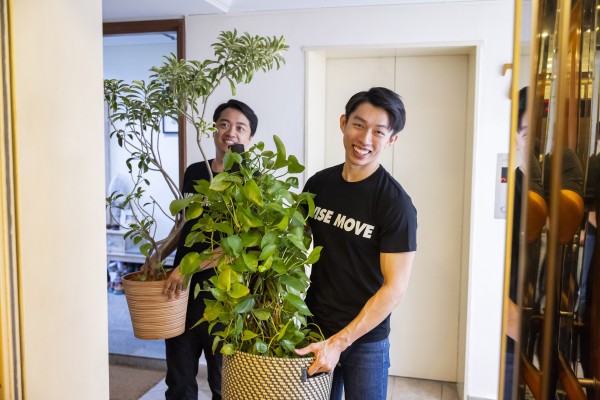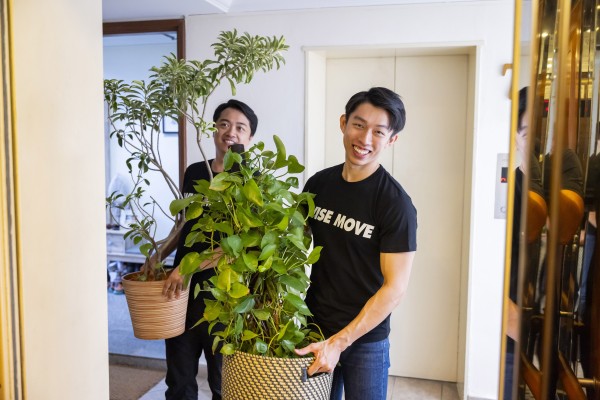10 Must-Try Tropical Fruits in Singapore

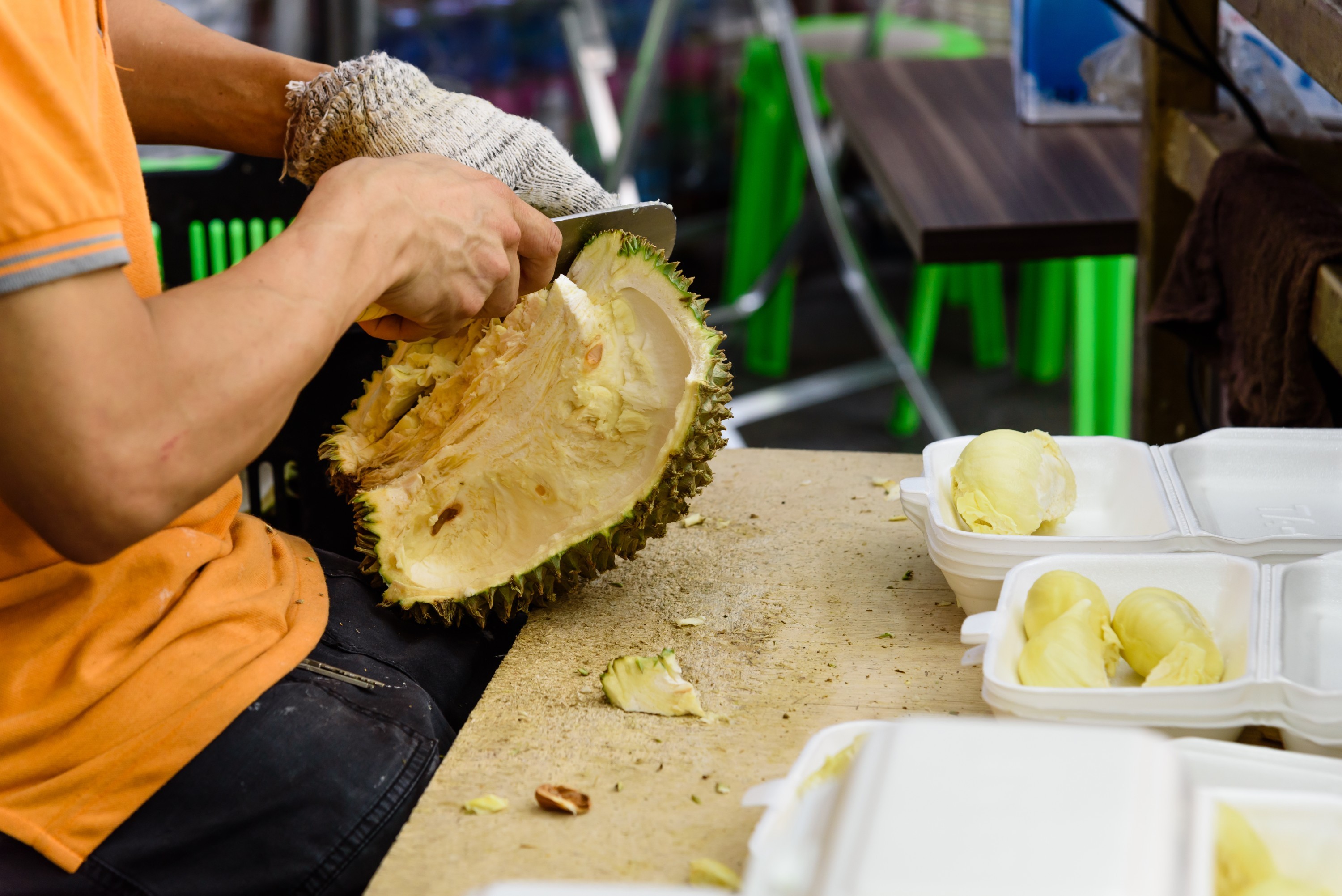
Think of fruits in sunny Singapore just one 1.5 degrees north of the Equator and you’ll probably conjure up images of bold and vibrant tropical fruits that are equal parts juicy and equal parts refreshing.
That mental image of tropical fruits is completely spot-on, though. Zesty, refreshing, bold, juicy and incredibly nutritious to boot–fruits are truly the answer to every hot day you’ll experience in Singapore.
Singapore is a veritable fruit heaven. You can find fruits of all kinds here easily, at supermarkets, wet markets, specialised fruit stalls at the neighbourhood town centres, as well as stalls at the food courts or hawker centres.
While perennial favourites like apples, pears, grapes, strawberries, blueberries, kiwi fruit, oranges, bananas, and watermelon are widely available, why not hunt down some uniquely local tropical fruits while you’re here?
Brief Introduction to Tropical Fruits
A fruit is a fruit is a fruit. Right?
Not really.
Tropical fruits differ from temperate fruits in more than name. Due in large part to the warm and humid environments they grow in, tropical fruits tend to be more vibrant, sweeter, and more complex than their temperate counterparts.
So what makes a tropical fruit a tropical fruit? These three characteristics are spot-on.
Complex flavours
It’s not just you–tropical fruits are more complex and richer in flavour. Many tropical fruits taste like a cross between a few other tropical fruits, with sweet or bitter undernotes, and it’s precisely this layering of flavours that makes them taste so interesting.
High water content
Fruits that grow in tropical climates tend to store lots of water because of the hot and humid environments they grow in. This enables them to retain water in spite of the heat–and we get to enjoy this too: tropical fruits are juicy, refreshing, and succulent.
High sugar content
Ask anybody who’s eaten tropical fruits regularly, they’ll tell you that there’s nothing like the sweetness of a tropical fruit. Think of the intense, aromatic, and almost sugary-sweet flavours of mango, lychee or pineapple. It’s scientific though, the higher amount of sunshine these fruits receive allows them to make more sugars that are stored in the fruit.
10 Must-Try Tropical Fruits in Singapore
Maybe you’ve never even heard of some of these before, or maybe you’ve only read about them from travel blogs or influencers, but truly, these stunning fruits are worth your time and stomach space!
Here are 10 to start with!
1. Calamansi

Tiny but mighty, calamansi is very similar to key lime, but sweeter and less acidic. It’s the variety of lime that you’ll see most frequently in Singapore, and is commonly sold at supermarkets, wet markets, and vegetable stalls. Its tart, tangy juice is enjoyed as a refreshing drink that goes very well with many spicy local dishes (ask for ‘calamansi juice’ at your next visit to the drink stall at your nearest coffee shop or hawker centre), squeezed into noodle or meat dishes to elevate the flavours (we especially recommend drizzling it over barbequed chicken wings or fried Hokkien prawn noodles), as a dessert, or in sauces like chilli or soy sauce.
2. Chiku
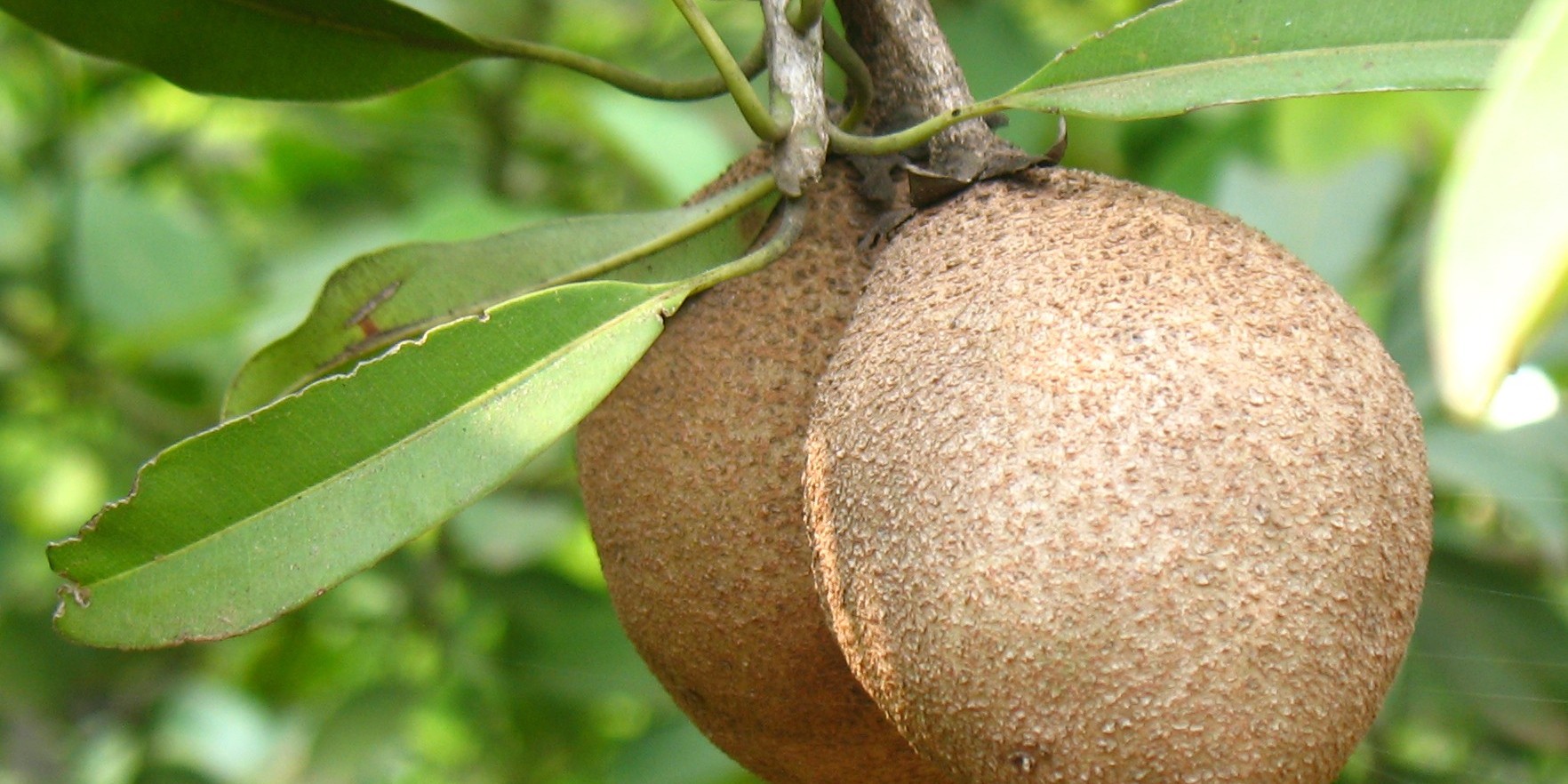
What looks a bit like a kiwi, has a similar texture as a pear, and tastes like malt and caramel? The chiku fruit (also known as sapodilla), that’s what. This fruit is native to Mexico and Central America, but is now grown widely in Southeast Asia too. It’s best eaten ripe, using a spoon to dig out the flesh which is so sweet, it tastes kind of like pear soaked in brown sugar. Word is on the street that chiku season is typically between September to March every year, so you’ll want to check out your supermarkets and neighbourhood fruit stalls then!
3. Coconut
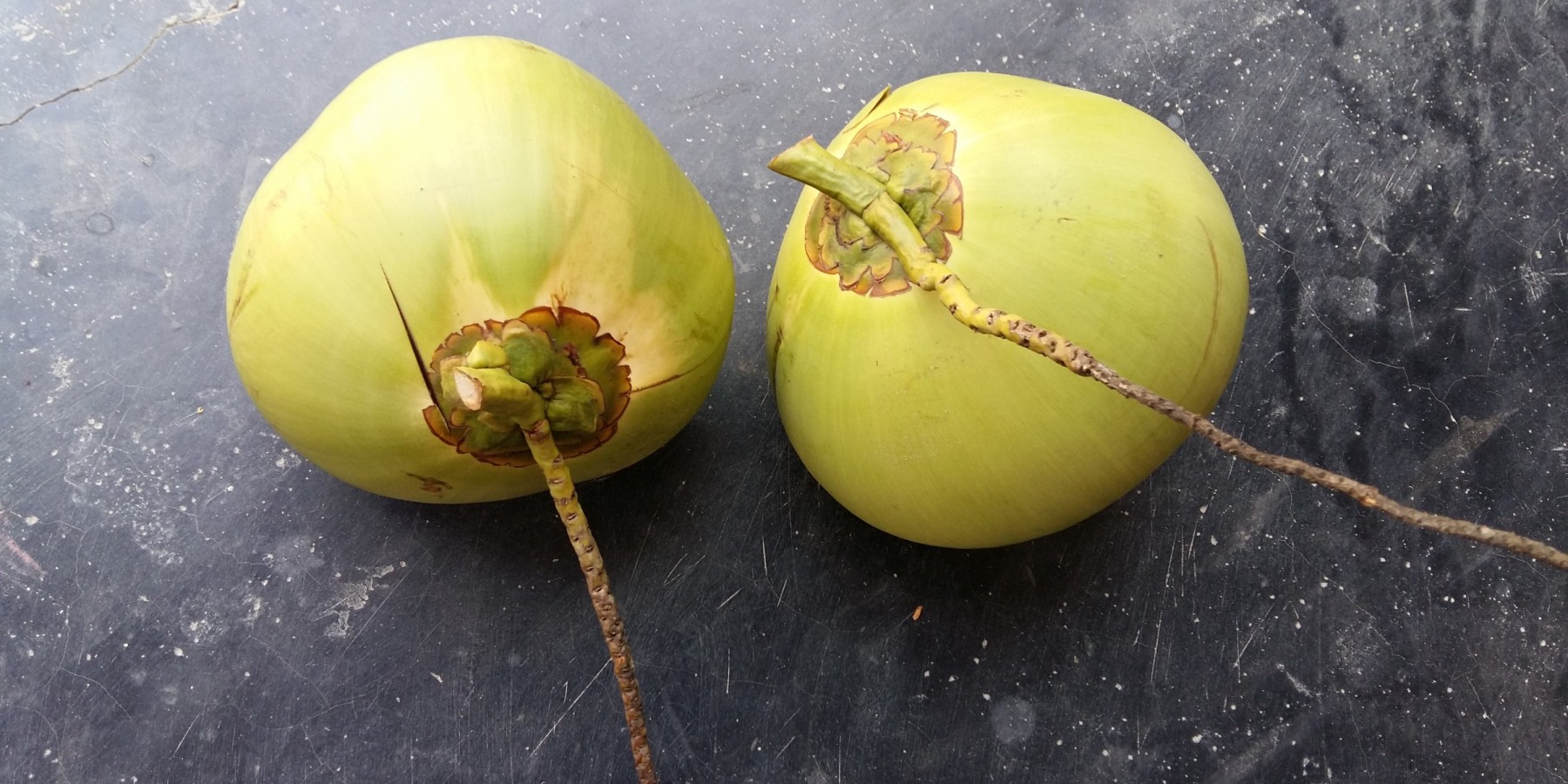
Arguably one of the world’s most recognisable tropical fruits–the coconut is almost synonymous with island life. Young coconuts with their soft, jelly-like flesh, and older coconuts with their sweet and refreshing juice, are both firm favourites in Singapore. You can enjoy the coconut in a myriad of ways: as a nutritious fruit, as coconut cream or milk in local desserts and delicacies, as a refreshing cold drink at coconut shake chains, as a creamy ice cream, or as coconut water to replenish electrolytes and salts.
4. Custard Apple

Custard apple trees are a common sight in many Singapore gardens thanks to their small size and low maintenance. Big plus points that the fruit is so delicious! Housed in its bumpy, heart-shaped exterior is a creamy fruit with a glorious custard texture that tastes exactly like what you’d expect a tropical holiday to: a mash-up of beloved tropical fruits banana and pineapple, with an extra sweet vanilla fragrance.
5. Dragon Fruit

The mysterious, striking, and almost alien-like dragon fruit is named as such precisely because of its leathery, spiky skin. Cut it open though, and you’ll find that it tastes a lot milder than it looks. Subtly sweet with a slightly crunchy texture due to seeds in the flesh, dragonfruit is reminiscent of kiwi or pear. It’s available in three different varieties here: pink-skinned with white flesh, pink-skinned with magenta flesh, and yellow-skinned with white flesh. Do note that the magenta-fleshed varieties tend to be a tad stronger tasting.
6. Durian

Singapore is split into people who love durian, and people who abhor it; that’s just the way it has been for decades. However, mention “King of Fruits” in Singapore and everyone–haters included–will know you’re referring to the notorious spiky durian. Known to the rest of the world for its pungent scent that belies a rich and creamy fruit that tastes like heaven, you’ll have to try it to decide for yourself. The main durian season in Singapore is from July to September, when you’ll see varieties of all kinds on sale at roadside durian stalls, supermarkets, fruit stalls, and even online.
7. Guava
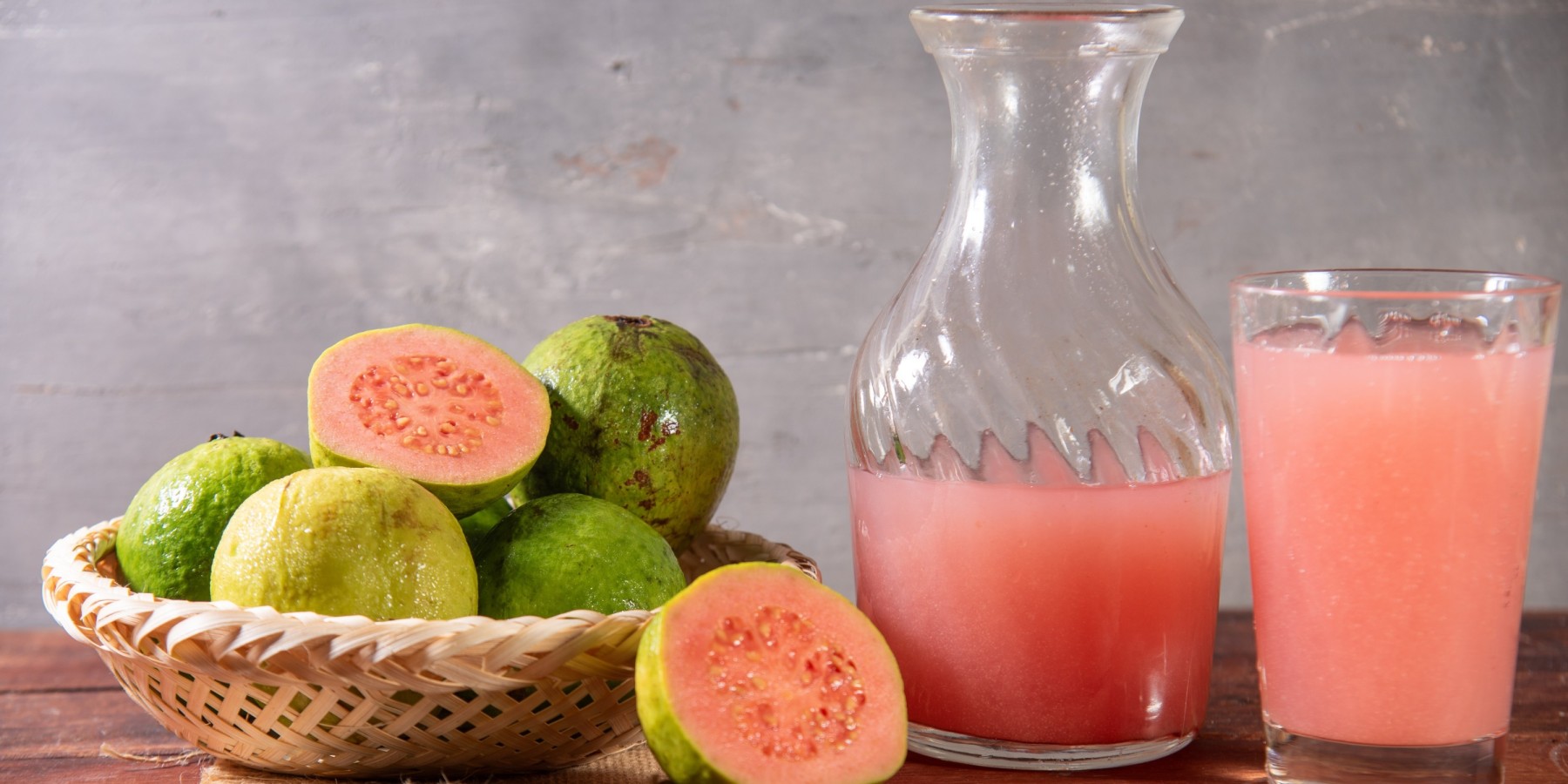
With a unique flavour that tastes like both pear and strawberry, it’s no wonder that lots of people in Singapore love guava. You’ll most probably come across the white-fleshed guava while here in Singapore, but don’t be surprised if you find pink or even deep red varieties of the fruit occasionally. Its firm and crunchy texture makes it a popular and healthy snack, especially with its low glycemic index and high fibre content. Singaporeans love eating raw guava slices with plum powder, which adds an eye-opening sweet-tangy kick.
8. Jackfruit
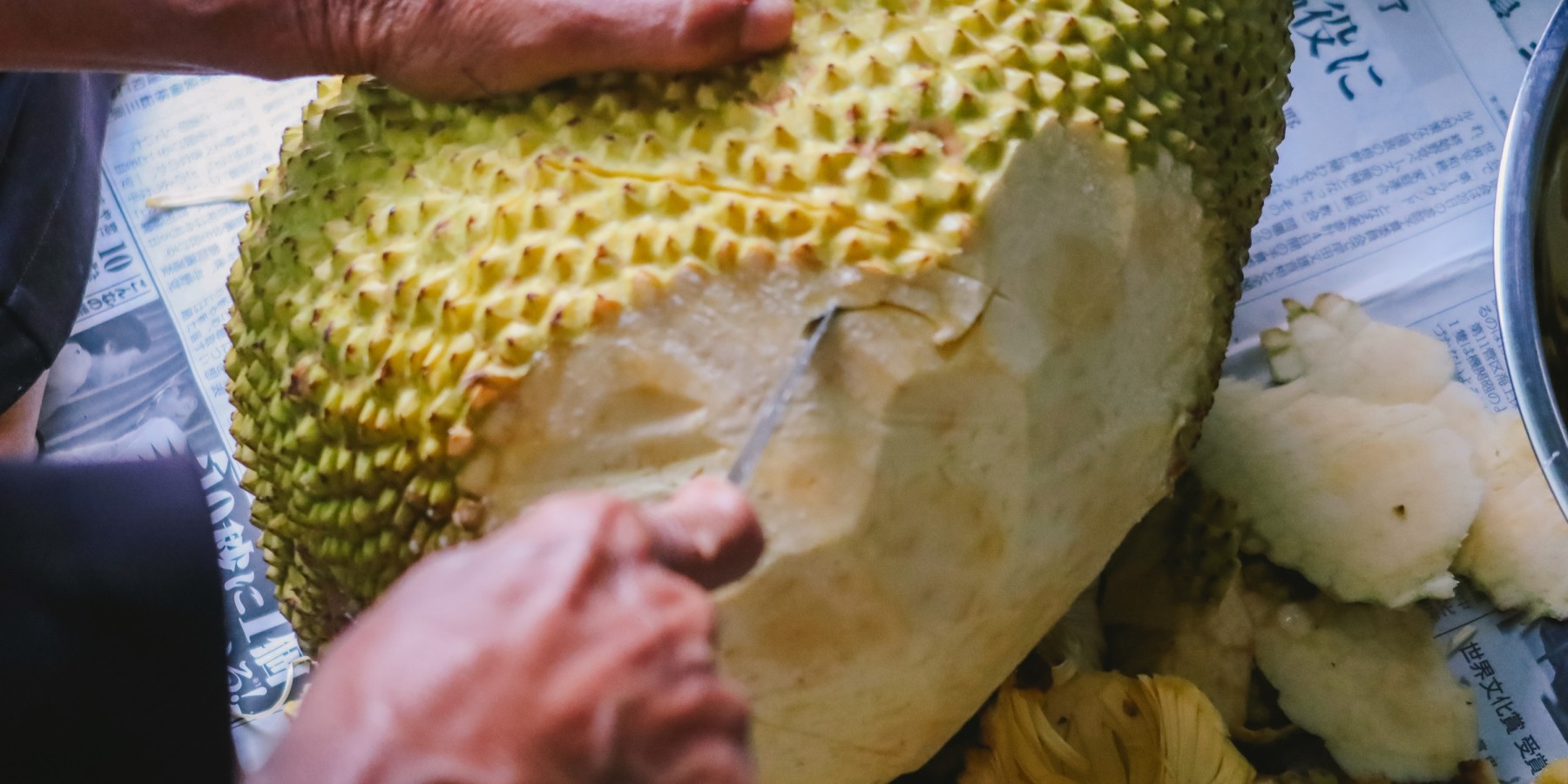
Jackfruitsare the world’s largest fruit, and can easily weigh more than 30kg. Jackfruits are also extremely versatile fruits, commonly eaten raw, in desserts, as chips, preserved, or even as meat substitutes. If you’ve bought some jackfruit to try, you can expect a hearty, chewy feast that’s oh-so-satisfying and smells like banana, pineapple, and interestingly enough, bubblegum too. Locals caution against eating too much jackfruit in one sitting as it’s known to be a ‘heaty’ fruit that can cause fevers and sore throats.
9. Baluku
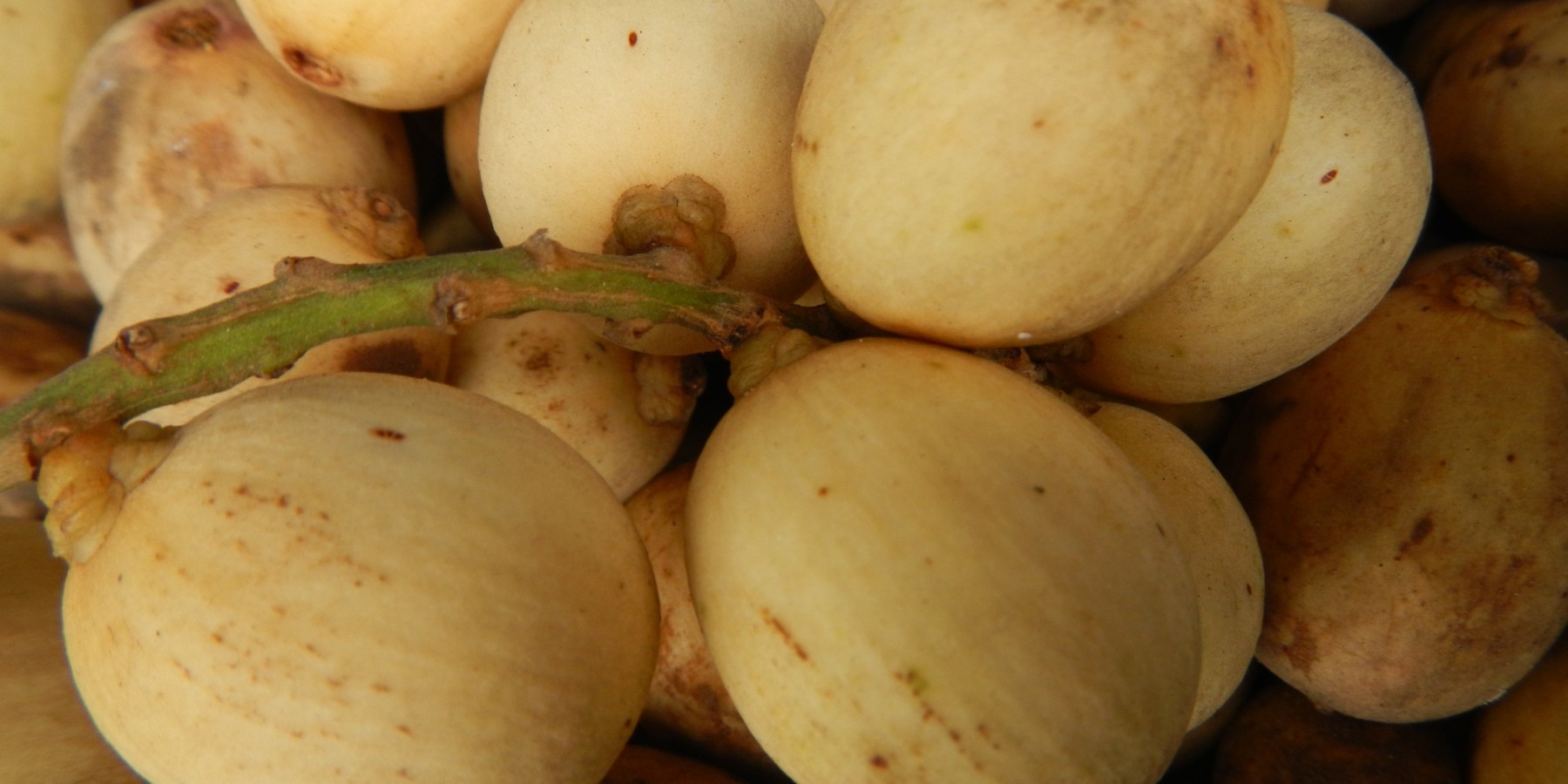
The fruit of the langsat tree is also commonly known as baluku in Singapore. Sold in bunches, baluku tastes faintly like grapes with a bitter citrus after taste. It’s often eaten raw as a fruit, by peeling the thin leathery skin off by hand to reveal the translucent and juicy fruit within. Unlike similar fruits like lychee or longan which have a single seed enclosed within the fruit, the baluku is segmented with seeds within each segment, much like mangosteen.
10. Papaya
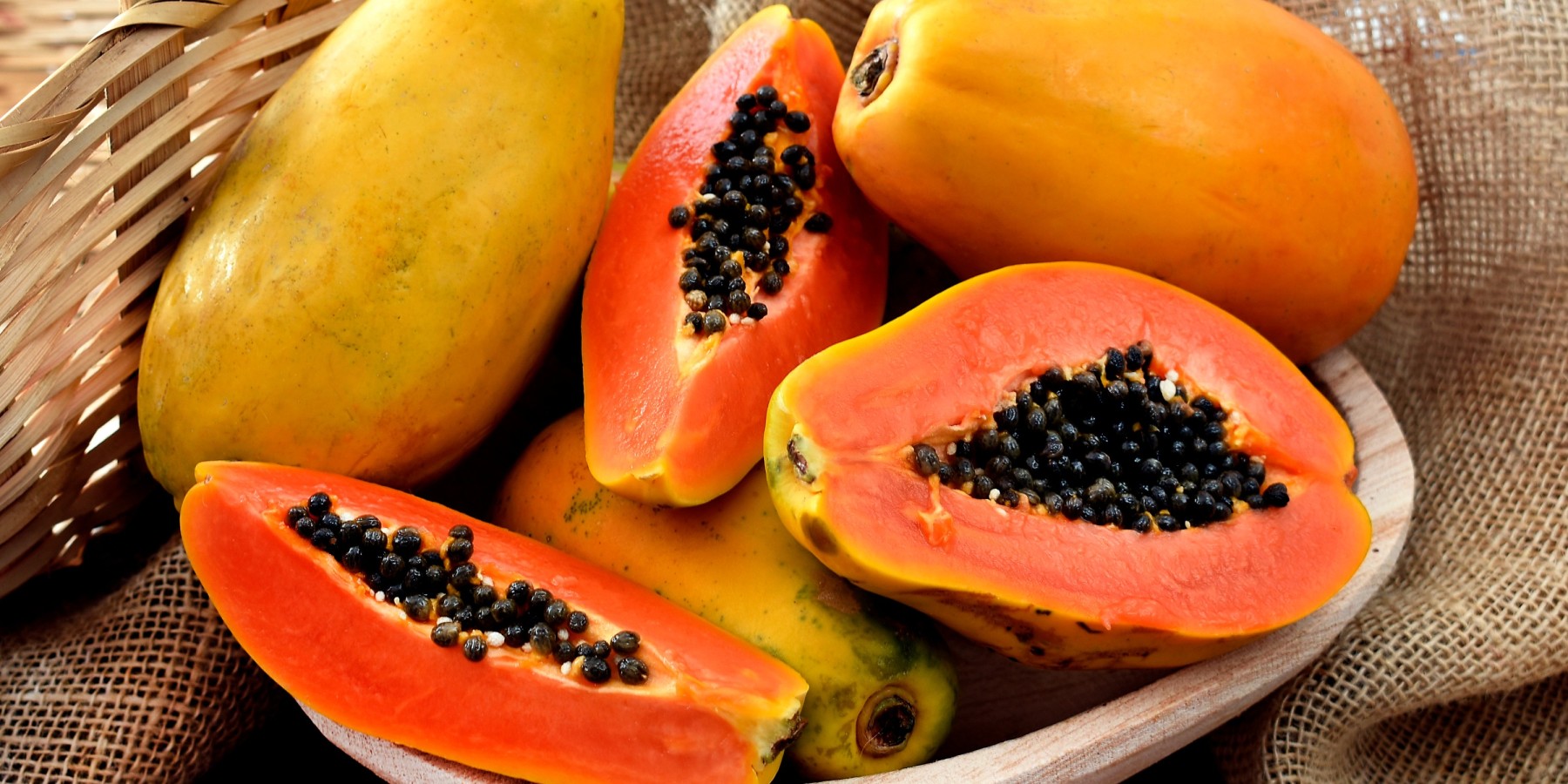
Lots of old wives’ tales abound about eating papaya as a quick-fix for constipation and indigestion. They’re not wrong, papaya is indeed known to improve gut health, among other health benefits. Papaya can be eaten ripe or unripe, although unripe papaya is often cooked in soups or pickled to make a local dish known as achar. Ripe papaya is delicious; sweet and juicy and refreshing all at once.
Are your taste buds ready and raring to savour these fruits? We’re just getting started! Look out for the next part of this guide, where we’ll talk about more uniquely Singapore tropical fruits, like mangosteen, longan, pineapple, and soursop.
What do our customers say?








